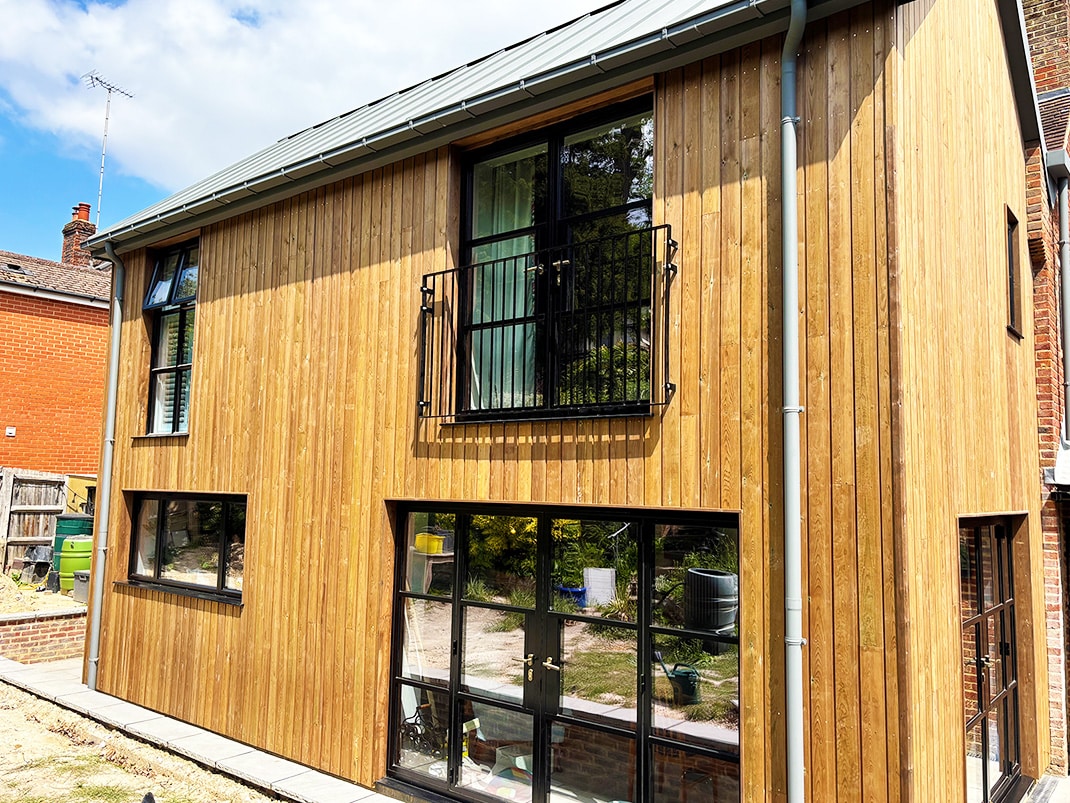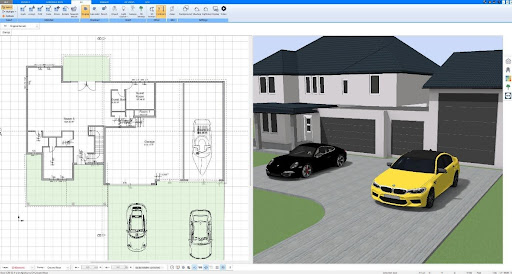Security is becoming an increasing concern for businesses. The avenues for threats like theft and data hacking have been increasing. It makes security crucial for sustaining a business.
Building safety is, thus, an important aspect of commercial buildings. If you own a building or a facility, keeping it and its occupants safe is a priority.
Read on to know five concepts to apply to improve building security.
Table of Contents
1) Secure the Building’s Perimeter
Keeping the perimeter criminal-proof is your first line of defense. It’s especially vital if the building is in a dangerous environment or location. Using risk analysis, identify blind spots in your perimeter.
To improve security, install adequate lighting. Do this in areas like the parking lot and break areas. An instant blast of light can deter a prowler. Consider investing in motion-activated lights.
Install security gates and fences. Keep trees and shrubbery around the building well-trimmed. It removes potential areas to hide or gain window or roof access.
2) Install Security Cameras
Having security cameras is one way of enhancing building safety and security. It’s effective for monitoring the building, especially at night.
The sight of cameras can also deter some potential criminals from going further. Visible security cameras signal to prowlers that someone is watching.
Make sure to position cameras in well-lit and strategic areas. These include the main entryways, common areas, elevators, and parking lots. Besides providing surveillance, cameras offer a reliable reference should anything happen.
Once your video surveillance system is put up, regular, scheduled maintenance should be your next priority to keep the system in good condition. After all, you’re risking your building’s safety by not maintaining your security cameras enough. Here are some of the best care and maintenance tips for your video surveillance system:
- Make sure that the outdoor cameras are unobstructed by keeping your landscaping well-pruned and clipped, such as the trees and bushes.
- Clean the camera lenses thoroughly with a can of compressed air to remove loose debris then use a gentle cloth to wipe off the surface.
- Check the camera connectors for signs of corrosion and replace corroded ones immediately.
- Inspect your power supplies to ensure that the surveillance system hasn’t lost power in the event of a brownout, a thunderstorm, a power surge, or even a deliberate blackout.
- If your surveillance system is equipped with notification features, you can use it to alert your staff when the camera suddenly goes offline.
3) Control and Regulate Access
Controlling and regulating building access improves building protection. You can do this through natural access control or an electronic control access system for manufacturing industries.
The former control relies on building and landscaping features. These limit access by setting guided entrance and exit paths for people.
Meanwhile, the latter gives you more command. You can determine who has access, as well as the specific time and areas they’ll have access to. It allows you to assign different levels of access for different people.
With these systems, you can better regulate the maintenance personnel entering the building. For quality building maintenance, check out 19 Power Facilities Maintenance.
For controlling and regulating control within your perimeter, invest in high-quality, reliable intercom systems, which are the heart of access control in business buildings.
Essentially, an intercom system is a two-way device that sends and receives audiovisual communications, allowing people from one part of the building to communicate with one another. Visit this website or check out other sources to choose the best intercom system you can install in your building today.
4) Educate Occupants or Staff on Building Security
Uninformed tenants and employees can render a sophisticated security system useless. Make sure to educate your building’s occupants and staff on building security.
Start training and information campaigns. It should train occupants and staff on security practices and policies. They’ll then know what to do in dangerous situations and reduce human error for better safety.
5) Key Control Protocols
This system adds another layer to building access control. It’s an alternative to an electronic access control system too.
Establish precise procedures for building keys control and distribution. Assign keys to custodians. They’re responsible for locking and unlocking areas in the building.
Aside from these, consider using high-security keys. They aren’t as easy to duplicate. The locks that come with them are also pick-proof.
Follow These Methods to Improve Building Safety
Building safety and security is important to keep your tenants and staff safe. Additionally, it ensures business continuity.
Secure your building’s perimeter and regulate building access. Make sure your tenants and staff are educated on security protocols as well.
Want to know more tips to improve building security? Read our other guides on our blog.





